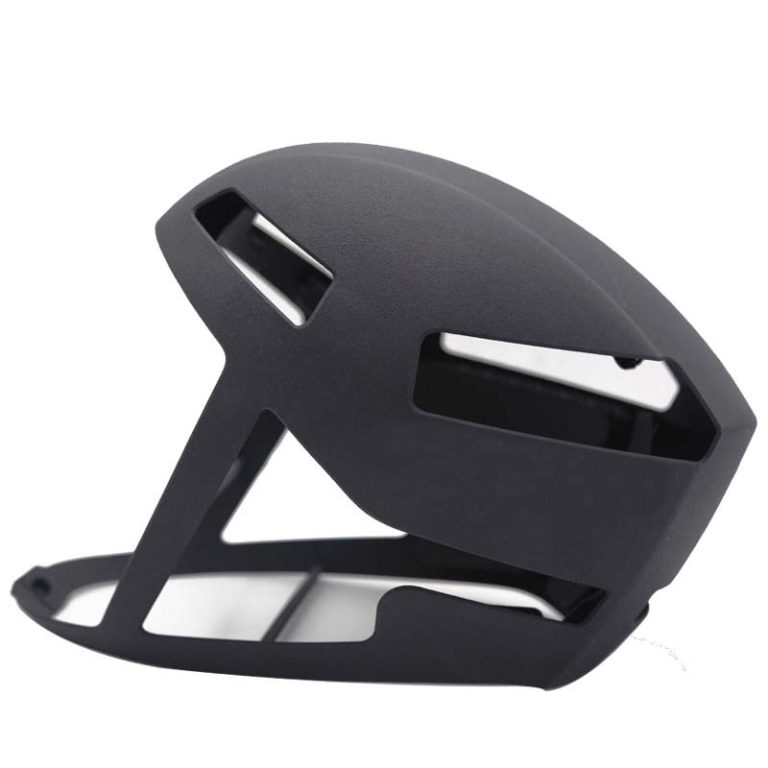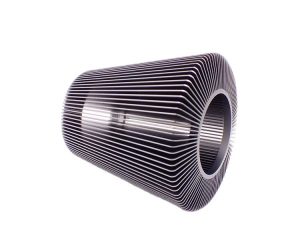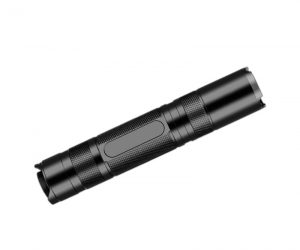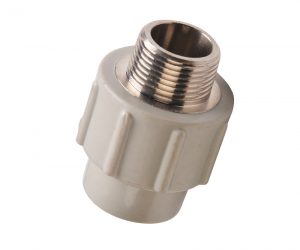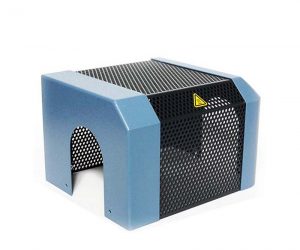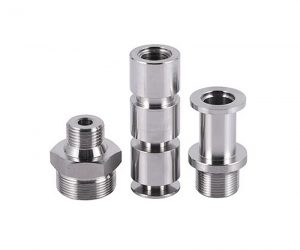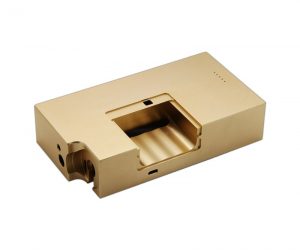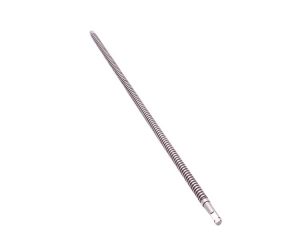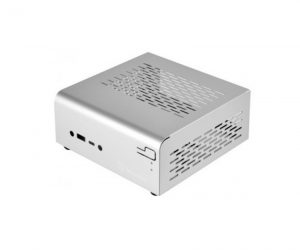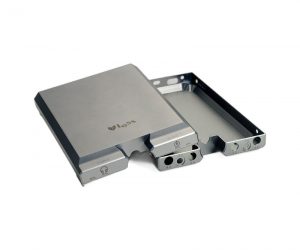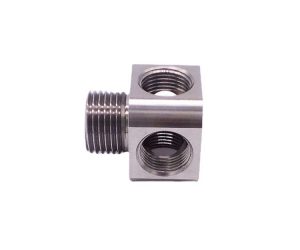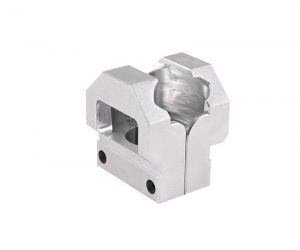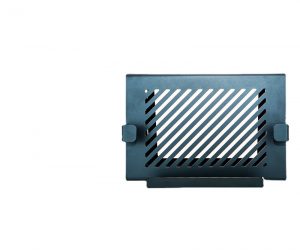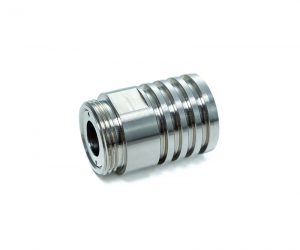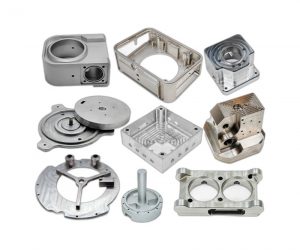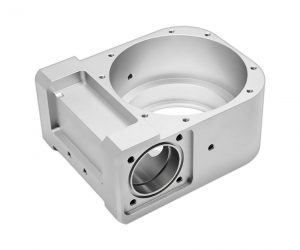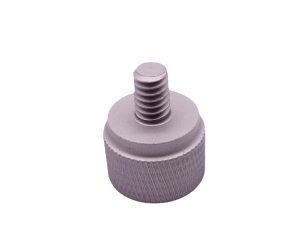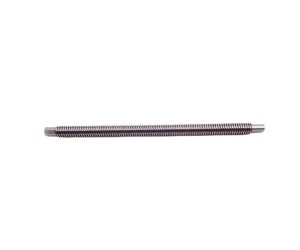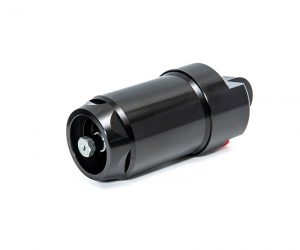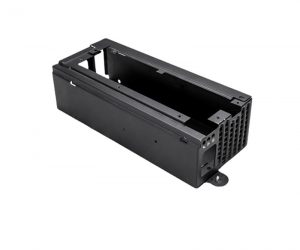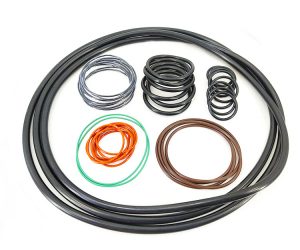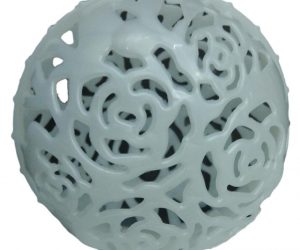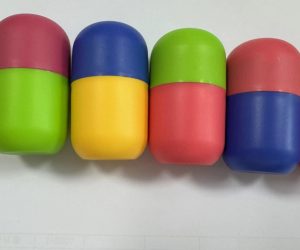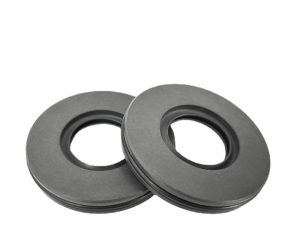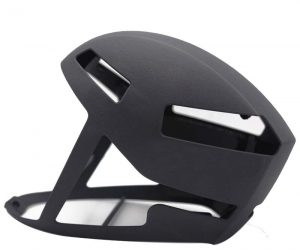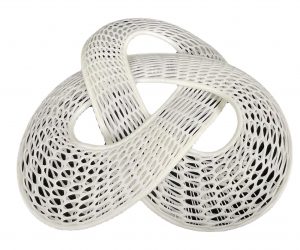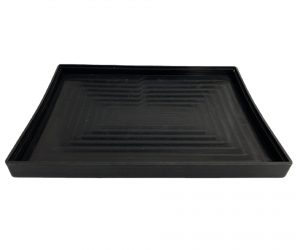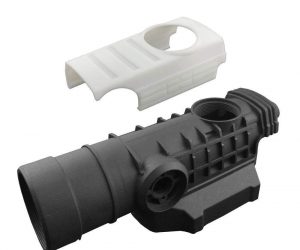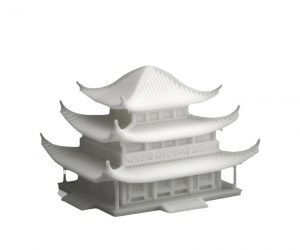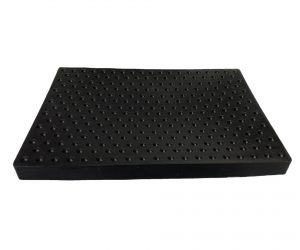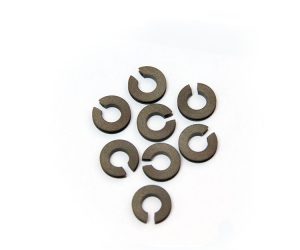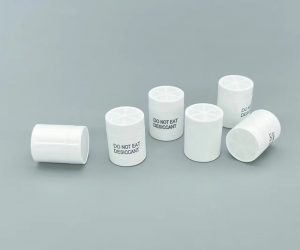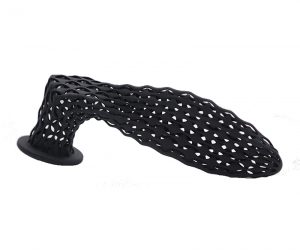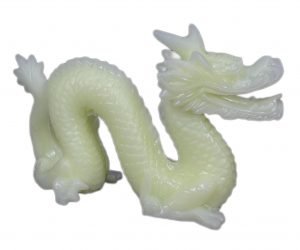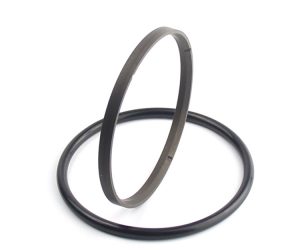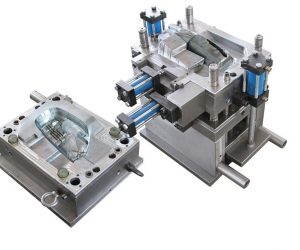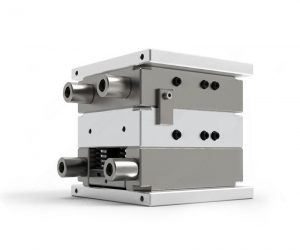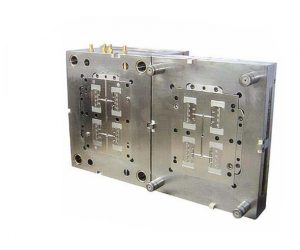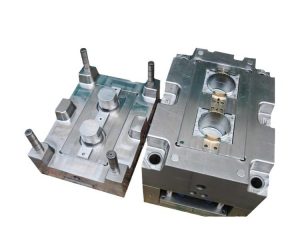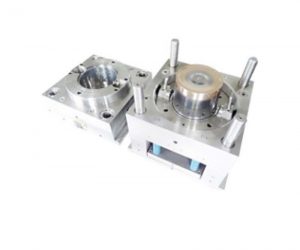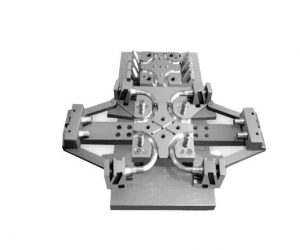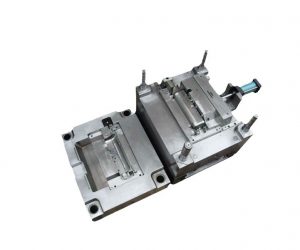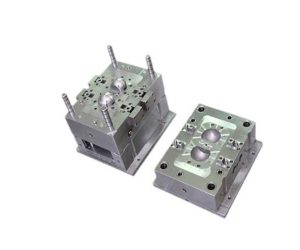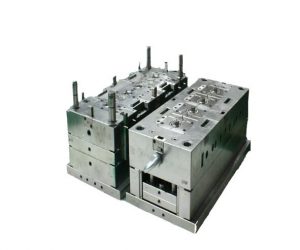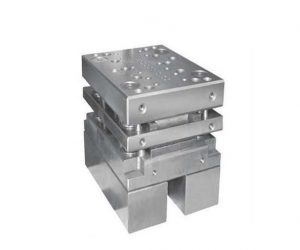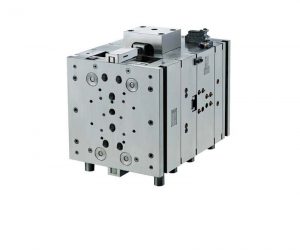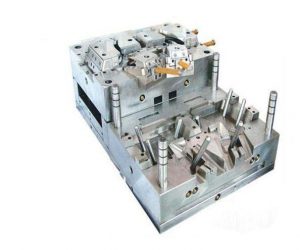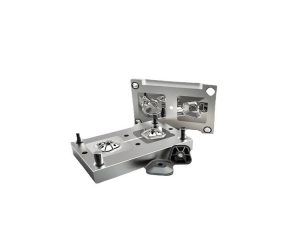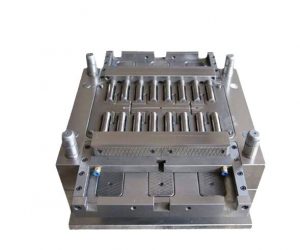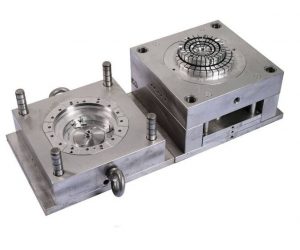3D parts printing represents more than a technological advancement; it is a catalyst for exponential change across multiple sectors. Its ability to produce complex, customized components on-demand is fundamentally reshaping design paradigms, manufacturing processes, and supply chain dynamics. The unpredictable nature of its future development necessitates a proactive, adaptive approach from businesses, researchers, and policymakers alike. Those who can effectively navigate the complexities of this transformative technology, anticipate its disruptive potential, and harness its advantages will be best positioned to lead in the next generation of manufacturing. The future is not merely being assembled; it is being written, piece by piece, through the transformative power of additive manufacturing.
I. Additive Manufacturing: Beyond the Hype Cycle
A. Deconstructing the Additive Paradigm: The conventional subtractive manufacturing paradigm, with its inherent limitations in geometric complexity and material waste, is increasingly challenged by additive manufacturing (AM), also known as 3D printing. This paradigm shift transcends mere technological advancement; it represents a fundamental reimagining of the design-to-production pipeline. AM empowers the creation of intricately detailed, functionally graded, and geometrically impossible components previously relegated to the realm of theoretical design. This capability unlocks unprecedented opportunities across diverse sectors, from biomedicine's intricate scaffolds to aerospace's high-performance components, rendering obsolete many constraints of traditional manufacturing.
B. A Chronological Trajectory of Innovation: The evolution of AM is not a linear progression, but a complex, multi-faceted trajectory punctuated by breakthroughs in material science, laser technology, and computational algorithms. The initial forays into stereolithography (SLA) and fused deposition modeling (FDM) laid the groundwork for subsequent advancements, such as selective laser melting (SLM) and binder jetting. These iterative improvements, driven by a relentless pursuit of higher resolution, faster build speeds, and expanded material compatibility, have propelled AM from a niche prototyping technology to a disruptive force in mainstream manufacturing. The future trajectory promises even greater sophistication, potentially incorporating artificial intelligence for real-time process optimization and self-healing materials for enhanced component longevity.
II. The Technological Spectrum of Additive Fabrication
A. Fused Deposition Modeling (FDM): The Workhorse of Accessibility: FDM, while seemingly simplistic in its extrusion-based approach, remains a cornerstone of AM due to its inherent cost-effectiveness and material versatility. However, its limitations in terms of resolution and surface finish necessitate a nuanced understanding of its applicability. While ideal for rapid prototyping and low-volume production of functional parts, its inherent layer lines and susceptibility to warping restrict its use in high-precision applications.
B. Stereolithography (SLA): Precision in Polymerization: SLA's laser-induced photopolymerization offers superior resolution and surface quality compared to FDM. This precision makes it particularly suitable for applications demanding intricate detail, such as microfluidic devices or dental models. However, the inherent limitations in material selection and the potential for residual stress within the cured resin necessitate careful consideration of post-processing techniques.
C. Selective Laser Melting (SLM): The Metal Frontier: SLM, a subset of powder bed fusion technologies, represents a significant leap forward in AM's capabilities. Its ability to fabricate complex metal components with exceptional mechanical properties has revolutionized industries demanding high strength and durability. However, the high capital investment required for SLM systems, coupled with the complexities of post-processing (e.g., heat treatment, surface finishing), necessitates a thorough cost-benefit analysis.
D. Beyond the Established Canon: Emerging Paradigms: The AM landscape is far from static. Emerging techniques such as digital light processing (DLP), binder jetting, and continuous liquid interface production (CLIP) offer unique advantages, expanding the material palette and pushing the boundaries of geometric complexity. These technologies, often characterized by their specialized niche applications, represent a dynamic frontier of innovation, constantly reshaping the possibilities of additive manufacturing. The convergence of these diverse approaches, coupled with advancements in artificial intelligence and materials science, promises a future where the limitations of form are defined solely by the imagination of the designer.
III. Advanced Applications of Additive Manufacturing in Part Production
A. Accelerated Prototyping and Iterative Design Validation:
Additive manufacturing (AM) transcends rudimentary prototyping. It facilitates a paradigm shift towards iterative design validation, enabling rapid fabrication of complex geometries and functional prototypes. This accelerates the design-test-redesign cycle, minimizing time-to-market and mitigating the risks associated with traditional, linear development methodologies. The resultant cost savings, stemming from reduced design iterations and early error detection, are substantial, particularly in high-value, high-risk projects. Furthermore, the ability to rapidly produce multiple design variants allows for comprehensive comparative analysis and informed decision-making, optimizing performance characteristics and overall product efficacy.
B. Personalized End-Use Part Generation and Localized Manufacturing:
AM's capacity extends beyond prototyping, revolutionizing the production of customized end-use parts. The inherent design freedom of additive processes enables the creation of highly complex, tailored components previously unattainable through conventional manufacturing techniques. This capability is particularly transformative in sectors demanding high levels of personalization, such as bespoke medical implants, customized aerospace components, and individually tailored consumer products. The decentralized nature of AM further facilitates localized manufacturing, reducing logistical complexities and supply chain vulnerabilities.
C. High-Performance Components for Demanding Industries:
Aerospace and automotive applications exemplify the transformative potential of AM in producing high-performance components. The ability to fabricate complex internal lattice structures, optimize weight distribution, and integrate multiple functionalities within a single component significantly enhances performance characteristics. This translates to improved fuel efficiency in automotive applications and enhanced payload capacity in aerospace systems. Furthermore, AM enables the production of components with intricate geometries, previously impossible with traditional subtractive methods, leading to significant improvements in aerodynamic performance and structural integrity.
D. Bioprinting and the Future of Regenerative Medicine:
The biomedical sector is witnessing a profound transformation driven by AM. Beyond the production of customized implants and prosthetics, AM is paving the way for bioprinting – the creation of functional tissues and organs. This technology holds immense potential for regenerative medicine, offering personalized solutions for organ transplantation and tissue repair. The precision and control afforded by AM in bioprinting enable the creation of intricate tissue structures with precise cellular arrangements, opening new frontiers in medical treatment and significantly impacting patient outcomes.
IV. Advantages of Additive Manufacturing in Part Production:
A. Geometric Complexity and Design Freedom:
AM fundamentally alters the design paradigm by removing the constraints imposed by traditional manufacturing processes. The ability to fabricate parts with intricate internal structures, complex geometries, and highly customized features unlocks unprecedented design freedom. This allows engineers to optimize designs for performance, weight reduction, and functionality, leading to the creation of innovative components previously deemed impossible.
B. Economical Production and Accelerated Timelines:
AM offers significant economic advantages through reduced lead times and minimized tooling costs. The elimination of traditional tooling and molds significantly reduces upfront investment, while the on-demand nature of AM accelerates production cycles. This agility allows businesses to respond rapidly to market demands, capitalize on emerging opportunities, and maintain a competitive edge in dynamic market environments.
C. Mass Customization and Personalized Solutions:
AM's capacity for mass customization surpasses that of conventional manufacturing techniques. The ability to generate unique, personalized components tailored to individual needs and preferences opens new avenues for product differentiation and customer satisfaction. This is particularly impactful in sectors such as healthcare, where personalized medical devices and implants can significantly enhance treatment efficacy and patient outcomes.
D. Sustainable Manufacturing and Material Optimization:
AM inherently promotes sustainable manufacturing practices by minimizing material waste. The additive nature of the process utilizes only the necessary material, significantly reducing scrap and contributing to a more environmentally responsible approach to part production. Furthermore, AM allows for the utilization of novel materials and the optimization of material properties, leading to the creation of lighter, stronger, and more durable components.
VI. Navigating the Labyrinth: Challenges and Unforeseen Contingencies in Additive Manufacturing of Components
The seemingly straightforward process of 3D printing functional parts belies a complex interplay of material science, engineering precision, and regulatory compliance. Successful implementation necessitates a nuanced understanding of the inherent challenges and potential pitfalls.
A. Material Selection: A Crucible of Properties and Predictability.
Material selection transcends mere catalog browsing. The choice of filament, powder, or resin dictates not only the mechanical properties (tensile strength, fatigue resistance, impact toughness) but also the chemical stability, thermal behavior, and biocompatibility of the final component. Furthermore, the unpredictable interactions between materials and the printing process itself—including residual stresses, warping, and delamination—demand rigorous material characterization and process optimization to mitigate potential failures. The emergent field of multi-material printing introduces further complexity, necessitating advanced modeling to predict the long-term performance of composite structures.
B. Dimensional Fidelity and Tolerancing: A Tightrope Walk Between Precision and Predictability.
Achieving the requisite dimensional accuracy and surface finish in additive manufacturing is a continuous struggle against inherent process limitations. Variations in layer adhesion, thermal expansion coefficients, and the stochastic nature of the printing process itself contribute to dimensional inaccuracies and surface imperfections. Moreover, the calibration and maintenance of 3D printing equipment require meticulous attention to detail, demanding specialized expertise and sophisticated metrology techniques to ensure consistent output within acceptable tolerances. The challenge is amplified when dealing with complex geometries and intricate features, necessitating advanced algorithms for process planning and compensation strategies to minimize deviations from the CAD model.
C. Post-Processing: A Necessary Evil of Refinement and Remediation.
Post-processing steps, far from being mere finishing touches, often represent a critical phase influencing the final component's performance and reliability. Support removal, a seemingly simple operation, can lead to structural damage if not executed with precision. Heat treatments, designed to relieve internal stresses or enhance material properties, can introduce unintended consequences if not carefully controlled. Surface treatments, such as polishing, coating, or chemical etching, introduce additional processing steps, each with its own potential for error and cost escalation. The optimization of these post-processing procedures requires a deep understanding of material behavior and a sophisticated approach to process control.
D. Regulatory Compliance and Quality Assurance: Navigating a Sea of Standards and Specifications.
Industries subject to stringent regulatory oversight—aerospace, medical devices, and automotive—face formidable challenges in ensuring the quality and traceability of additively manufactured components. Meeting stringent certification requirements demands rigorous quality control protocols, comprehensive documentation, and meticulous traceability throughout the entire manufacturing lifecycle. The validation of material properties, process parameters, and component performance necessitates extensive testing and validation procedures, significantly increasing the cost and complexity of the manufacturing process. The evolving regulatory landscape further complicates matters, demanding continuous adaptation and compliance with ever-changing standards.
VII. Additive Manufacturing: A Tapestry of Innovation and Transformation
A. Beyond the Horizon: Uncharted Territories of Additive Manufacturing.
Additive manufacturing is not merely a technological advancement; it's a paradigm shift, pushing the boundaries of design and manufacturing capabilities. The creation of lightweight, high-strength lattice structures for aerospace applications represents a dramatic departure from traditional manufacturing methods. Similarly, the development of personalized medical implants and prosthetics demonstrates the transformative potential of additive manufacturing in healthcare. The future holds even more radical possibilities, including the fabrication of complex, multi-functional components with integrated sensors and actuators, blurring the lines between manufacturing and systems integration.
B. Success Stories: A Kaleidoscope of Applications and Achievements.
The impact of additive manufacturing spans diverse sectors. In the medical field, it enables the creation of patient-specific implants and surgical tools, revolutionizing healthcare delivery. The automotive industry leverages additive manufacturing for rapid prototyping, customized parts, and on-demand manufacturing, streamlining supply chains and reducing lead times. The aerospace industry exploits the technology to create lightweight, high-performance components, improving fuel efficiency and reducing emissions. These successes, however, are not without their challenges, highlighting the need for continuous improvement and innovation.
C. Synergy and Openness: A Collaborative Ecosystem of Progress.
The additive manufacturing ecosystem thrives on collaboration and knowledge sharing. The open-source nature of many designs and processes fosters innovation and democratizes access to advanced manufacturing technologies. This collaborative spirit facilitates the rapid dissemination of best practices, the cross-pollination of ideas, and the accelerated development of new materials and processes. However, challenges remain in standardizing processes, ensuring data security, and managing intellectual property rights within this increasingly interconnected and collaborative environment.
VII. Future Prospects and Developments: A Non-Linear Trajectory
A. Emerging Technological Singularities and Material Paradigms Shifts:
The 3D parts printing sector is poised not for mere evolution, but for a series of discontinuous technological leaps. The convergence of multi-material extrusion with advanced in-situ material processing, coupled with the integration of embedded, self-healing, and dynamically responsive sensor networks, heralds a paradigm shift. This transcends the limitations of current additive manufacturing, potentially leading to the creation of components exhibiting unprecedented levels of adaptive functionality and operational lifespan. Furthermore, the exploration of bio-integrated materials and closed-loop, bio-degradable polymer systems promises to fundamentally alter the environmental footprint of the technology, moving beyond mere sustainability towards regenerative manufacturing processes. The unpredictable nature of these converging technologies necessitates a proactive, adaptive approach to research and development.
B. Market Disruption and the Redefinition of Manufacturing Value Chains:
The projected market growth of 3D parts printing is not simply incremental; it represents a potential disruption of existing manufacturing value chains of a magnitude comparable to the Industrial Revolution. The decentralized, on-demand nature of additive manufacturing empowers distributed manufacturing models, challenging traditional economies of scale and fostering the emergence of agile, hyper-responsive supply chains. This necessitates a reassessment of existing business models, intellectual property frameworks, and regulatory landscapes. The rate of this disruption is inherently unpredictable, demanding strategic foresight and adaptability from all stakeholders.
C. Ethical and Environmental Imperatives: Navigating the Uncharted Territory:
The rapid proliferation of 3D parts printing introduces complex ethical and environmental challenges that cannot be addressed through incremental adjustments. The potential for misuse of the technology, including the unauthorized replication of intellectual property and the creation of counterfeit components, requires robust security protocols and legal frameworks. Furthermore, the lifecycle assessment of 3D printed components, encompassing material sourcing, energy consumption, and end-of-life management, demands a holistic and rigorous approach. The unpredictable consequences of widespread adoption necessitate a proactive, multi-stakeholder dialogue to establish ethical guidelines and environmental standards that ensure responsible innovation.
This document addresses key aspects of additive manufacturing (AM), commonly known as 3D printing, within the context of high-precision parts production. We move beyond simplistic categorizations to explore the nuanced complexities and emergent trends shaping this transformative technology.
1. Advanced Additive Manufacturing Technologies and Material Considerations:
The landscape of AM technologies extends far beyond the rudimentary FDM, SLA, and SLM processes. While these remain relevant for specific applications, considerations must encompass:
Material Jetting: Offering superior resolution and multi-material capabilities, this technique allows for complex geometries and functional gradients within a single component. The selection of photopolymers or waxes necessitates a deep understanding of their rheological properties and post-processing requirements.
Electron Beam Melting (EBM): Ideal for high-strength metal alloys, EBM provides exceptional density and microstructure control. However, the high vacuum environment and specialized equipment present significant operational challenges.
Directed Energy Deposition (DED): This encompasses a range of techniques, including laser engineered net shaping (LENS) and electron beam additive manufacturing (EBAM), enabling the fabrication of large-scale, complex metal parts directly from CAD models. Precise control of energy density and powder feed rate is critical to achieving optimal metallurgical properties.
Emerging Hybrid Processes: The integration of AM with subtractive manufacturing processes (e.g., milling, turning) offers a powerful approach to optimizing component design and production efficiency. This hybrid approach necessitates sophisticated process planning and control algorithms.
2. Applications Beyond Prototyping: High-Stakes Implementation:
While rapid prototyping remains a significant application, the true potential of AM lies in its capacity for high-value component production across diverse sectors:
Aerospace: AM enables the creation of lightweight, high-strength components with complex internal geometries, leading to improved fuel efficiency and enhanced performance. Certification and qualification processes, however, demand rigorous testing and validation protocols.
Biomedical Engineering: The production of personalized implants and surgical tools necessitates meticulous control over surface finish, biocompatibility, and sterility. Regulatory compliance and stringent quality control measures are paramount.
High-Performance Manufacturing: AM is increasingly employed in the creation of tooling, fixtures, and end-use components for demanding applications. Precision, repeatability, and the ability to handle high-temperature materials are critical success factors.
3. Advantages and Limitations: A Critical Appraisal:
The advantages of AM are undeniable, but a balanced perspective requires acknowledging limitations:
Scalability and Production Rate: While AM excels in producing complex geometries, scaling up production to meet high-volume demands remains a challenge. Automation and process optimization are crucial for achieving industrial-scale production.
Cost-Effectiveness Analysis: A comprehensive cost-benefit analysis must consider not only material costs but also design optimization, post-processing, and quality control measures. The economic viability of AM is highly application-specific.
Material Property Anisotropy: The layer-by-layer manufacturing process can lead to variations in material properties depending on the build orientation. Careful design and process parameter optimization are necessary to mitigate this effect.
4. Challenges and Mitigation Strategies:
Addressing the challenges inherent in AM requires a multi-faceted approach:
Process Monitoring and Control: Real-time monitoring of process parameters (e.g., temperature, laser power, powder flow rate) is crucial for ensuring consistent part quality and minimizing defects.
Data Management and Analysis: The vast amount of data generated during AM necessitates robust data management and analysis techniques to optimize process parameters and identify potential issues.
Supply Chain Integration: Effective integration of AM into existing manufacturing supply chains requires careful consideration of material sourcing, logistics, and quality control procedures.
5. Future Directions: Paradigm Shifts in Manufacturing:
The future of AM promises transformative changes across various industries:
Artificial Intelligence (AI) and Machine Learning (ML): AI and ML algorithms are being increasingly employed to optimize process parameters, predict part quality, and automate various aspects of AM.
Multi-Material and Multi-Process Integration: The integration of multiple materials and manufacturing processes within a single workflow will unlock new design possibilities and enhance component functionality.
Sustainable AM Practices: The development of eco-friendly materials and processes is crucial for ensuring the environmental sustainability of AM.
This overview provides a sophisticated understanding of the complexities and future potential of additive manufacturing in high-precision component production. A deep understanding of these factors is crucial for successful implementation and the realization of AM's transformative potential.
